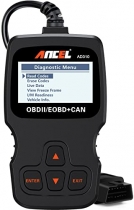-
Welcome to Tacoma World!
You are currently viewing as a guest! To get full-access, you need to register for a FREE account.
As a registered member, you’ll be able to:- Participate in all Tacoma discussion topics
- Communicate privately with other Tacoma owners from around the world
- Post your own photos in our Members Gallery
- Access all special features of the site
Wheel bearing torque
Discussion in 'General Automotive' started by knayrb, Sep 4, 2012.


 How to: Wiring brake lights to horn prank
How to: Wiring brake lights to horn prank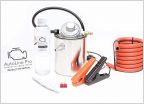 Yoyo
Yoyo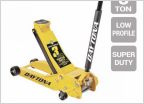 What jack do you use?
What jack do you use?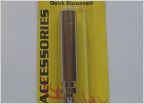 CB Antenna?
CB Antenna?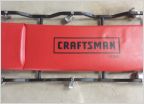 Who makes the best CREEPER?
Who makes the best CREEPER? Replacement Horn For 2019 Rav4
Replacement Horn For 2019 Rav4


























































